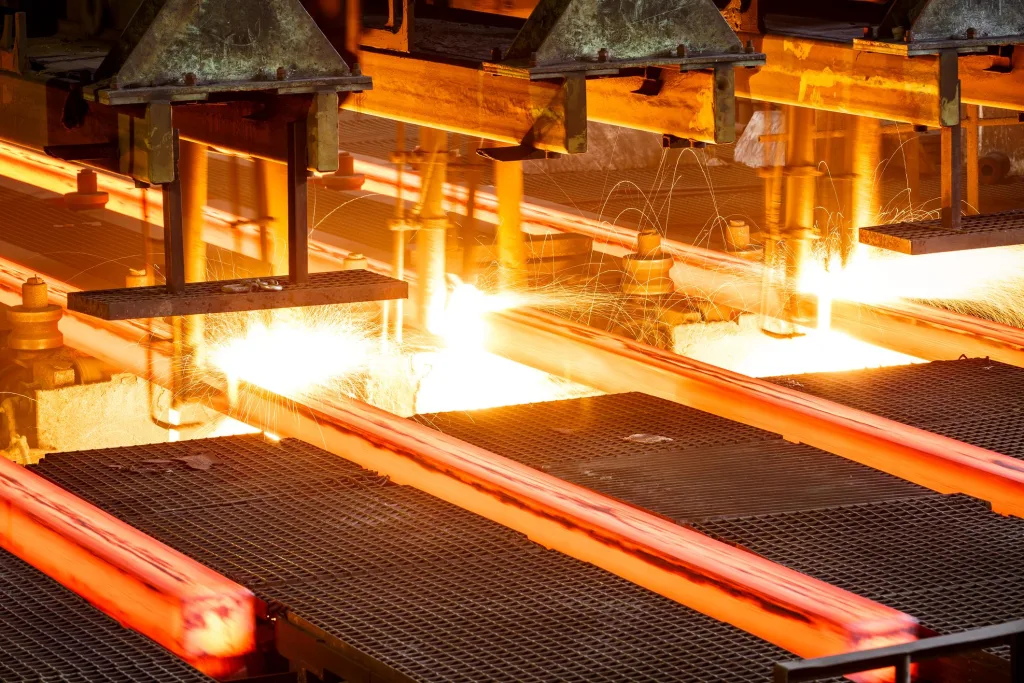Exploring the Advantages of Steel Production: Why Steel Remains Essential in Modern Industry

Steel is one of the most widely used materials in the world, playing a critical role in construction, manufacturing, automotive, and various other industries. Its unmatched combination of strength, durability, and cost-effectiveness makes steel production a cornerstone of modern economies. But beyond these well-known attributes, steel production offers numerous advantages that continue to make it the material of choice for countless applications.
1. Strength and Durability
One of the primary advantages of steel production is its inherent strength and durability. Steel has a high tensile strength, meaning it can withstand significant stress and strain without breaking. This makes it ideal for applications where structural integrity is crucial, such as in the construction of skyscrapers, bridges, and large industrial facilities.
- Resilience: Steel’s ability to withstand harsh weather conditions, such as extreme heat or cold, ensures long-term performance in diverse environments.
- Longevity: Steel structures typically have a longer lifespan compared to other materials like wood or concrete, offering better long-term investment value.
2. Versatility
Steel is an incredibly versatile material, capable of being adapted for a wide range of uses. It can be easily formed into various shapes and sizes, from beams for buildings to precision components for machinery.
- Multiple Grades: Steel can be alloyed with other metals to create various grades, such as stainless steel, tool steel, and carbon steel, each offering unique properties for specialized applications.
- Customizability: Steel can be designed to meet specific needs, whether it’s for corrosion resistance, strength, or malleability.
3. Cost-Effectiveness
When considering both initial cost and long-term savings, steel production offers a highly cost-effective solution. While the upfront production costs can be high, steel’s durability and low maintenance requirements make it a cost-effective choice in the long run.
- Reduced Maintenance: Once in place, steel structures require minimal upkeep compared to materials like wood, which may suffer from rot, or concrete, which can crack over time.
- Scalability: Steel production is scalable, making it a competitive option for projects of any size, from small buildings to large infrastructure.
4. Sustainability and Recycling
Steel is one of the most recyclable materials on the planet, with about 90% of all steel products being recycled at the end of their life cycle. This makes steel production highly sustainable, reducing the need for virgin raw materials and lowering overall environmental impact.
- Circular Economy: The ability to recycle steel without loss of quality contributes to a circular economy, ensuring that the material remains in use for multiple applications over time.
- Energy Efficiency: Modern steel production techniques are increasingly focused on energy efficiency, with innovations like electric arc furnaces (EAF) reducing the carbon footprint of production.
5. Advanced Technology and Innovation
The steel industry has embraced technological advancements that allow for more efficient and environmentally friendly production methods. These innovations have helped steel producers meet global demands while reducing costs and minimizing their environmental impact.
- Automation: Advanced automation in steel production has led to increased precision and efficiency, resulting in fewer errors and higher-quality products.
- New Alloys: Research into new steel alloys has allowed for the development of materials that are stronger, lighter, and more resistant to corrosion than traditional steel.
6. Global Demand and Economic Importance
Steel remains one of the most critical materials in global markets, with production facilities operating worldwide. The economic impact of steel production is enormous, providing jobs and supporting industries such as construction, automotive manufacturing, and shipbuilding.
- Infrastructure Development: Countries rely on steel for infrastructure projects, from railways and airports to energy facilities and transportation networks.
- Job Creation: The steel industry supports millions of jobs globally, from mining raw materials to manufacturing and transportation.
Conclusion: The Future of Steel Production
The advantages of steel production are numerous, spanning from its strength and versatility to its sustainability and economic significance. As industries continue to innovate and demand grows for greener and more efficient materials, steel production is likely to remain a cornerstone of global infrastructure and manufacturing.



